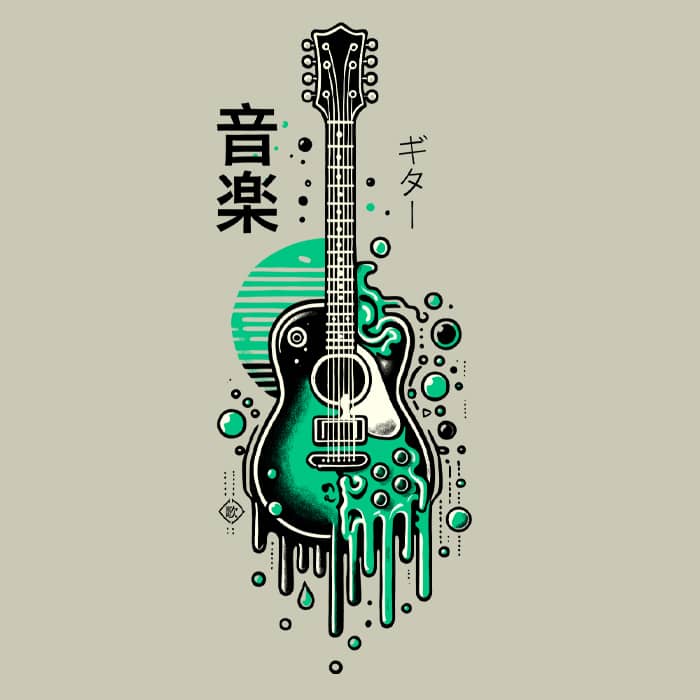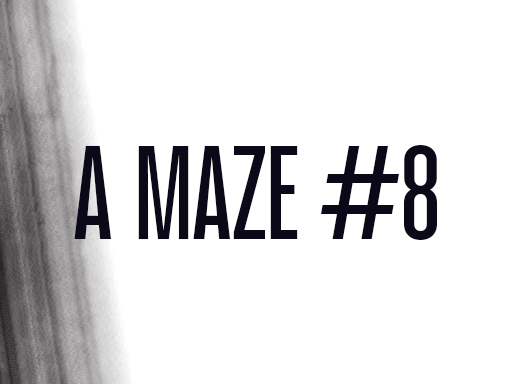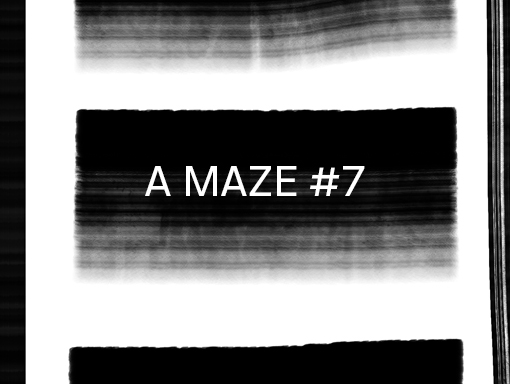
🎸 String Theory – When Rock ‘n’ Roll Inspires Art
There’s something primal about rock ‘n’ roll.
It’s not just music. It’s electricity. A pulse. A defiance. A celebration of raw energy and emotion—distorted chords shaking the air like a thunderstorm. I’ve always felt connected to that vibe. It’s loud, imperfect, and alive. Just like art should be.
My digital illustration “String Theory” is a tribute to that spirit. It’s an electric guitar melting into color and sound, its form dissolving into drips and echoes. That visual distortion? It’s how I imagine music would look if it could melt through reality.
🎶 How Rock Fuels My Creative Process
Rock music was one of my first emotional triggers as a teenager. It wasn’t just background noise—it was fuel. It gave me permission to feel everything more deeply: anger, joy, sadness, and freedom. That emotional intensity is exactly what I try to pour into my work.
Whether I’m sketching or building shapes digitally, there’s always music playing in my studio. Often, it’s guitar-heavy tracks—Led Zeppelin, Nirvana, The White Stripes, Arctic Monkeys. Sometimes it’s punk or grunge. Sometimes more psychedelic. But it always drives my flow. It gives rhythm to my brushstrokes and glitches to my colors.
🎨 Behind the Artwork
“String Theory” started with a simple sketch of a guitar. But as I layered the effects, I began to imagine it as more than just an object—it became a symbol. The strings vibrate like a cosmic force, dripping into the unknown, merging reality with sound. That’s where the title comes from—String Theory, not the physics one, but my version: a theory that music, especially rock music, is a string that binds us to something greater.
You might notice Japanese characters on the piece. One says “音楽” (ongaku—music), the other “ギター” (gitā—guitar). It’s a nod to my love for blending cultures and styles and creating artwork that feels both nostalgic and modern, vintage and digital, East and West.
🖤 The Power of Noise
Rock has taught me that imperfections are part of the beauty. You don’t need to polish every edge. Sometimes the best things come from distortion—whether it’s a bent guitar note or a chaotic brushstroke.
With “String Theory,” I wanted to create a visual scream. A reminder that sound can be seen. That emotion can take shape. That creativity doesn’t need permission—it just needs a spark.
So turn it up. Make some noise. Let your passions melt into your process.
This is how I see music. This is how I feel art.


